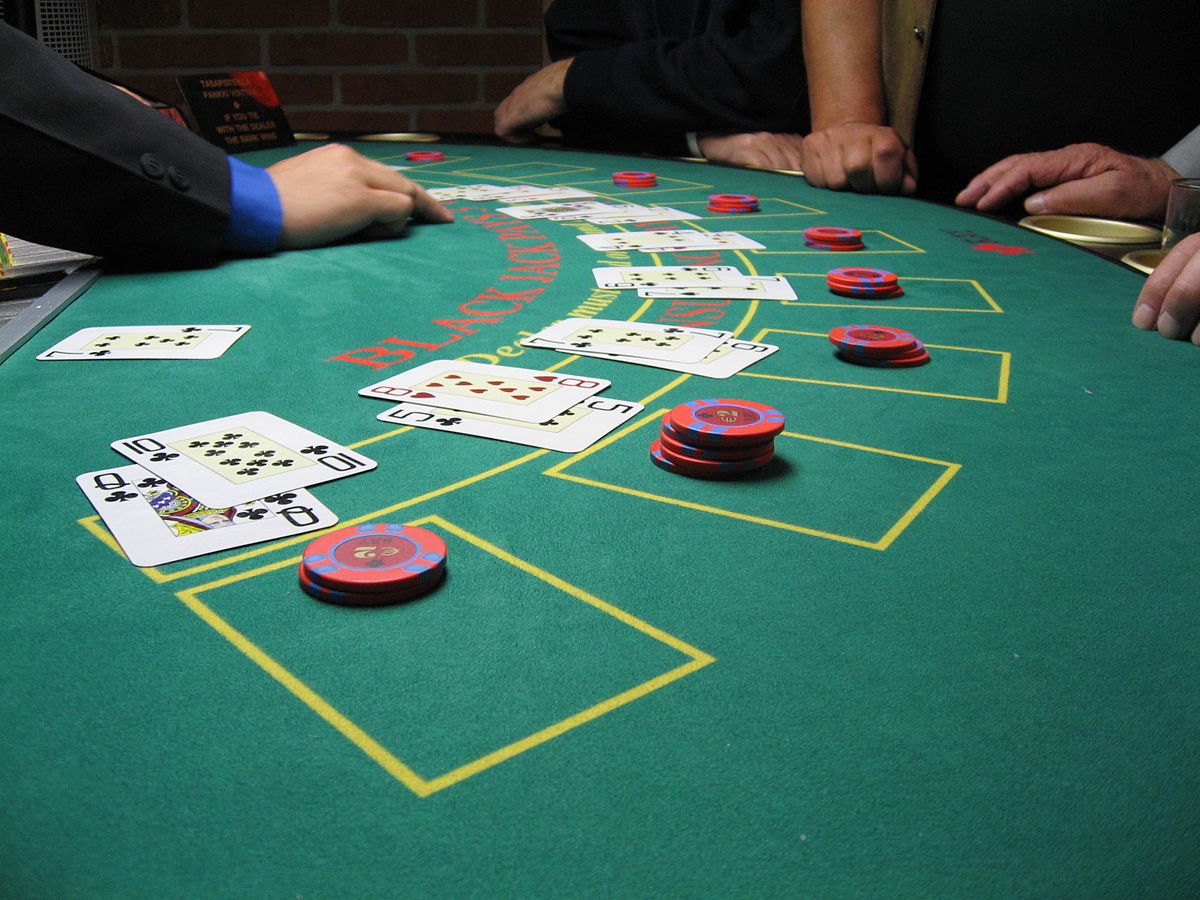
For the previous two weeks, I have been posting about using different software so as to learn how to play. A remark on the first such post read (lightly edited):
“Just a few of plays two cents or less if you make the wrong one are occasionally on the rare side and some are somewhat common. So, for me personally, I wouldn’t sweat making this mistake after a hour or so. I’d compare this article to a card counter learning each and every playing indicator for blackjack. While there is an index for splitting 10’s vs 2 and then doubling whether a number of these receives an expert, is it really worth studying?”
I’m a participant whose goal is to play Kalyan jodi chart each hand perfectly on matches where it’s possible. I understand that many players don’t have the same aim.
In case a 5-coin dollar player had a goal of playing well enough that he gave up less than the extra 25cents an hour whilst enjoying with a simplified strategy, that is probably a fair goal for the vast majority of gambling. Really, most players give up much more than that.
The question is how do you achieve such a target? A plan like Level 3 to the Dancer/Daily cards is surely strong enough to meet that goal if you play with it perfectly. The last five words of that sentence are critical, namely: IF YOU PLAY IT PERFECTLY. That doesn’t mean play the gambling perfectly. It means play the simplified strategy perfectly.
Most players need to practice a whole lot to perform that level. If you are not practicing with a pc that corrects your mistakes, it is close to impossible to perform that well.
I know from teaching classes for more than 20 years that lots of players don’t know the simplified approach rules in the beginning. I will explain the rules of Sridevi jodi chart and place a problem hand on the plank. Several students usually miss the hand the first time they view it. To be sure, the difficulty hands in course tend to be trickier than ordinary. But if it had been easy for everyone to comprehend the principles without studying, nobody would be missing them.
Therefore, as you’re practicing on the computer, sometimes you’ll be dealt a hand which the simplified approach misplays.
Thus, the question becomes: If you play with JT about the next hand and the computer says you made a mistake, what do you do? Do you look up how much the mistake could be worth? If you do, it is about a cent. Can you try to figure out how frequently it happens? If you do, it is about once in 2,000 palms, although some of those include a seven which reduces the mistake to 0.3 cents. Others incorporate an eight or two in them that decrease the size of this malfunction to a half cent.
This was one simple instance. There are several such cases in each match. There is some overlap between gamblings and between errors, but every one is a little different.
It takes a lot of effort to work out if a particular error is small enough and rare enough to make it secure enough to jump. In the comment for my website, the commenter seemed to indicate that he understands these items and may decide each time whether this is a mistake he can dismiss or not. My purpose is, it’s not that simple to understand this. It is arguably about as difficult to learn WHY the hands are played differently since it is to understand how rare and big an error is.
In one of those examples in my blog, I mentioned the situation in NSU Deuces Wild of A♠ T♠ 9♥ 7♣ 5♦, where the correct play is AT, that is worth a eighth of a penny more than throwing all of the cards away. It happens every 108,000 palms or so and really is an error that takes more time to memorize than it is worth.

